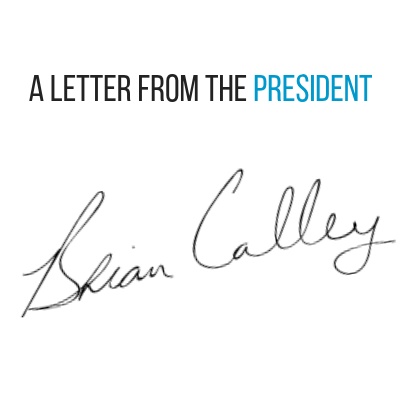
Having served in state office for the last 12 years in a term-limited environment, I’ve seen several transitions to new executive and legislative leadership. And every transition brings changes in policy focus. That’s what makes the headlines. But if you want to impact policy decisions, it is even more important to understand how the policy making system works. This year, there are very big changes in the House of Representatives.
Traditionally, the House of Representatives has operated such that legislators specialize in either policy making or appropriations (budget) committees. On the appropriations side, that very large committee is divided into sub committees that specialize in certain department budgets. For a state department budget to make it to the House floor for final passage, it must pass both the sub committee and the full appropriations committee. In other words, there is a two-step process before a spending decision can receive a final vote.
Until now, policy bills (non-spending bills) have had a single step process. For example, if there is a bill to change environmental law, it would go to a single policy committee. And from there, if it passes the committee, it goes straight to the full House of Representatives for final approval. For those of us who watch and participate in the system know how common it is to find problems in legislation after it passes the single-step process. Going forward, policy bills will go through a two-step process, more like appropriations bills.
Speaker Chatfield announced this year that policy bills will still originate in specialized committees as they do today. From there, any bill that deals with the criminal code or has criminal penalties in it will have to go to the Judiciary Committee for a second look and approval. This will likely result in a more consistent criminal code over time. All other policy bills will go to the new Ways and Means Committee where members of that committee will review the policy decision. They will be operating as a second set of eyes, considering thigs like potential conflicts with other proposed policy changes and with more deliberation over practical implementation issues.
You might be wondering if this change will make the law-making process less efficient. While that may very well be the outcome, shouldn’t making new laws be a hard process? Given my experience, I expect that under this new structure, the bar is being raised and fewer new laws will be passed. And that’s not necessarily a bad thing. It may end up being a very good thing.